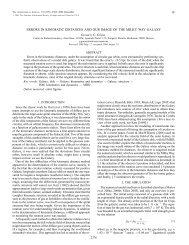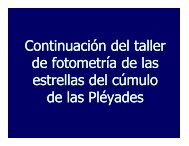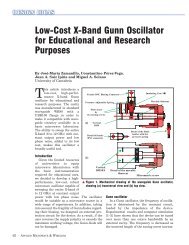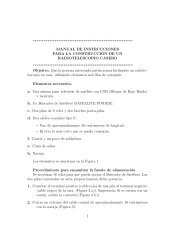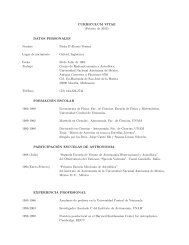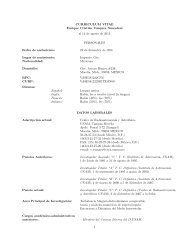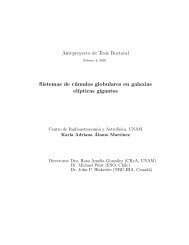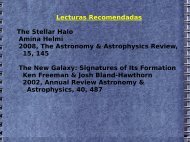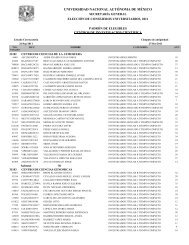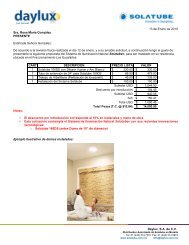Handbook of Frequency Stability Analysis
Handbook of Frequency Stability Analysis
Handbook of Frequency Stability Analysis
- No tags were found...
Create successful ePaper yourself
Turn your PDF publications into a flip-book with our unique Google optimized e-Paper software.
5.3.2 Chi-Squared Confidence IntervalsChi-squared statistics can be applied to calculate single and double-sided confidence intervals at any desiredconfidence factor. These calculations are based on a determination <strong>of</strong> the number <strong>of</strong> degrees <strong>of</strong> freedom for theestimated noise type. Most stability plots show ±1σ error bars for its overlapping Allan deviation plot.The error bars for the modified Allan and time variances are also determined by Chi-squared statistics, using thenumber <strong>of</strong> MVAR degrees <strong>of</strong> freedom for the particular noise type, averaging factor, and number <strong>of</strong> data points.During the Run function, noise type estimates are made at each averaging factor (except the last, where the noise type<strong>of</strong> the previous averaging factor is used).Sample variances are distributed according to the expression22 edf ⋅ sχ = , (44)2σwhere χ² is the Chi-square, s² is the sample variance, σ² is the true variance, and edf is the equivalent number <strong>of</strong>degrees <strong>of</strong> freedom (not necessarily an integer). The edf is determined by the number <strong>of</strong> analysis points and the noisetype. Procedures exist for establishing single- or double-sided confidence intervals with a selectable confidencefactor, based on χ² statistics, for many <strong>of</strong> its variance functions. The general procedure is to choose a single- ordouble-limited confidence factor, p, calculate the corresponding χ² value, determine the edf from the variance type,noise type and number <strong>of</strong> analysis points, and thereby set the statistical limit(s) on the variance. For double-sidedlimits,σedfedf= s ⋅ and σ = s ⋅. (45)χ ( p, edf ) χ (1 − p, edf )2 2 2 2min2 max25.4. Degrees <strong>of</strong> FreedomThe equivalent number <strong>of</strong> χ² degrees <strong>of</strong> freedom (edf) associated with a statistical variance (or deviation) estimatedepends on the variance type, the number <strong>of</strong> data points, and the type <strong>of</strong> noise involved. In general, the progressionfrom the original two-sample (Allan) variance to the overlapping, total, and Thêo1 variances has provided larger edfsand better confidence. The noise type matters because it determines the extent that the points are correlated. Highlycorrelated data have a smaller edf than does the same number <strong>of</strong> points <strong>of</strong> uncorrelated (white) noise. An edfdetermination therefore involves (1) choosing the appropriate algorithm for the particular variance type, (2)determining the dominant power law noise type <strong>of</strong> the data, and (3) using the number <strong>of</strong> data points to calculate thecorresponding edf.5.4.1. AVAR, MVAR, TVAR, and HVAR EDFThe equivalent number <strong>of</strong> χ² degrees <strong>of</strong> freedom (edf) for the Allan variance (AVAR), the modified Allan variance(MVAR) and the related time variance (TVAR), and the Hadamard variance (HVAR) is found by a combinedalgorithm developed by C.A. Greenhall, based on its generalized autocovariance function [2].38




